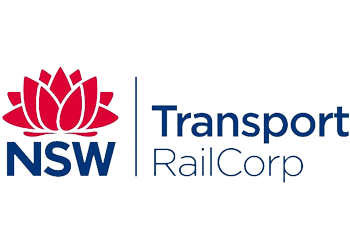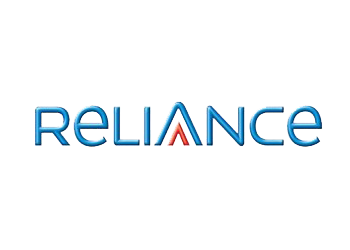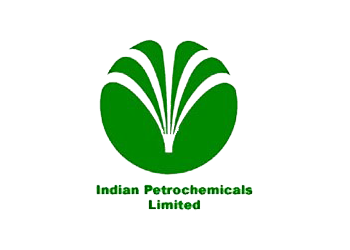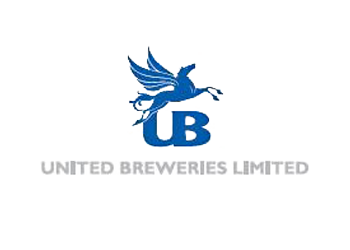You know when your supply chain isn’t working. You can see it when your costs are getting out of control, when your inventory levels are not in line with demand and when your customers aren’t happy. But most supply chains are so complex that it’s difficult to pinpoint specifically what needs to be improved.
Effective procurement and supply chain management is critical to your success. As recent economic turmoil and natural disasters have shown, you need to think strategically about where your products are produced and about how they will be delivered. You need to fully understand all risks to your supply chain – and what you will do if a significant event disrupts your operations.
To make your supply chain more flexible and more resilient to risk, you need to evaluate your product from the ground up – from where it is produced to how it is delivered. Involve your business units, your suppliers and your customers. Understand what is most important to each of your stakeholders, and then modify your procurement and supply chain processes to meet these needs. Before you begin making changes, ask yourself:
- Is our procurement and supply chain management strategy aligned with our overall business objectives?
- Are the activities involved in our procurement and supply chain cost effective and in line with leading practices both within our industry and outside of our industry?
- Do we know what our customers value most about our products and/or services and do our procurement and supply chain practices enable this value?
- How do we measure the success of our procurement and supply chain?
- How are we incorporating sustainability into our procurement decisions and supply chain? Do our processes meet current and projected future environmental regulations?
How we can help
Our Procurement and Supply Chain Transformation team has experience across all aspects of the supply chain – from forecasting and planning to logistics and warehousing. We can help you:
- Reduce procurement and logistics costs for materials and services
- Improve your customer service
- Decrease your direct and indirect costs by making processes more efficient
- Enhance controls over your systems and processes
- Reduce your cost of capital
- Manage major organizational changes
- Work with your suppliers and customers more collaboratively
- Integrate environmental and corporate sustainability into your supply chain – and measure the results
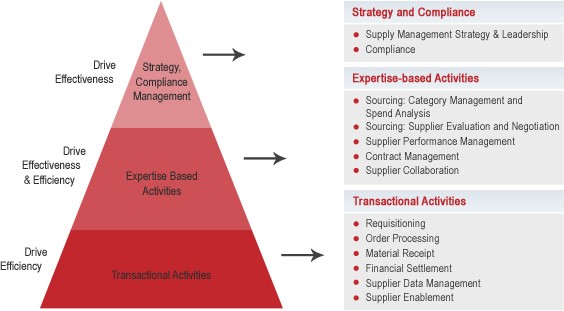
Featured Clients
